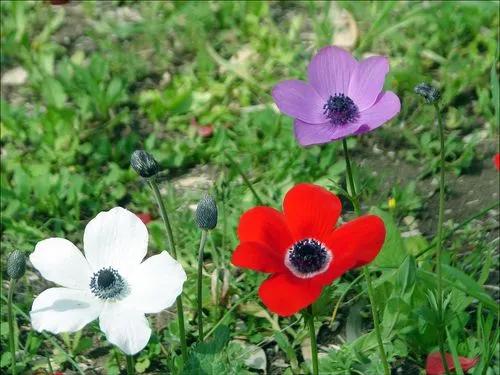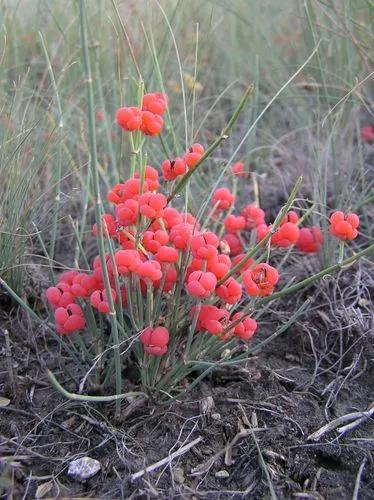This smooth plant has tight terminal clusters of white (often lavender-tinged) tubular, 2-lipped flowers resembling turtle heads. White turtlehead, a robust perennial, grows 1-4 ft. tall. Its erect stems end in spikes of white flowers, the shape of which suggests a turtle head.
Turtle Plant Care
Chelone Glabra



How to Care for the Plant

Water

The plant tends to suffer from overwatering more than it does from dry conditions. It is native to the Brazilian rain forest, so it prefers slightly moist conditions. This can be accomplished by keeping the soil moist only during the growing season and using the succulent 'soak and dry' method during the winter months.

Pruning

If string of turtles is not pruned regularly, it can develop an unkempt, ragged, leggy appearance. Occasional pruning will allow you to abscise dead and damaged stems and leaves, and remove unwanted growth. It also encourages new, more vigorous growth to flourish. Do all pruning with sanitized scissors or very sharp snips.

Fertilizer

Feeding string of turtles will help maintain a bright shiny vigor and ensure that the plant's leaves' color and patterns are held throughout the growing season. Feed it with a diluted houseplant fertilizer biweekly during the growing season. Fertilizing is not recommended during the fall or winter.

Sunlight

String of turtles plants love bright indirect sunlight and will thrive in these conditions. Keeping these plants in full sun for too long will damage the leaves.

Soil

Those familiar with raising succulents may be used to using a premix that has been explicitly formulated for succulents and cacti. These premixes should not be used for Peperomia prostrata. Instead, a mix consisting mainly of organics should be used. One that is rich in peat is ideal. This formula is easily found in a commercial seed starting mix. Peat is acidic, which is perfect for this plant, but take care that the pH does not get too low. Testing the soil is every so often is a good idea.

Temperature

Peperomia prostrata prefers cooler, more humid temperatures over the warmer temperatures most succulent fans come to expect. Keeping the string of turtles in what is considered average room temperature is an excellent way to go (around 68o-75o Fahrenheit).

Additional

Sadly, the String of Turtles is toxic to household pets when ingested, so it should be avoided or kept out of reach if there are furry friends at home.

Popularity

361 people already have this plant 88 people have added this plant to their wishlists
Discover more plants with the list below
Popular articles






